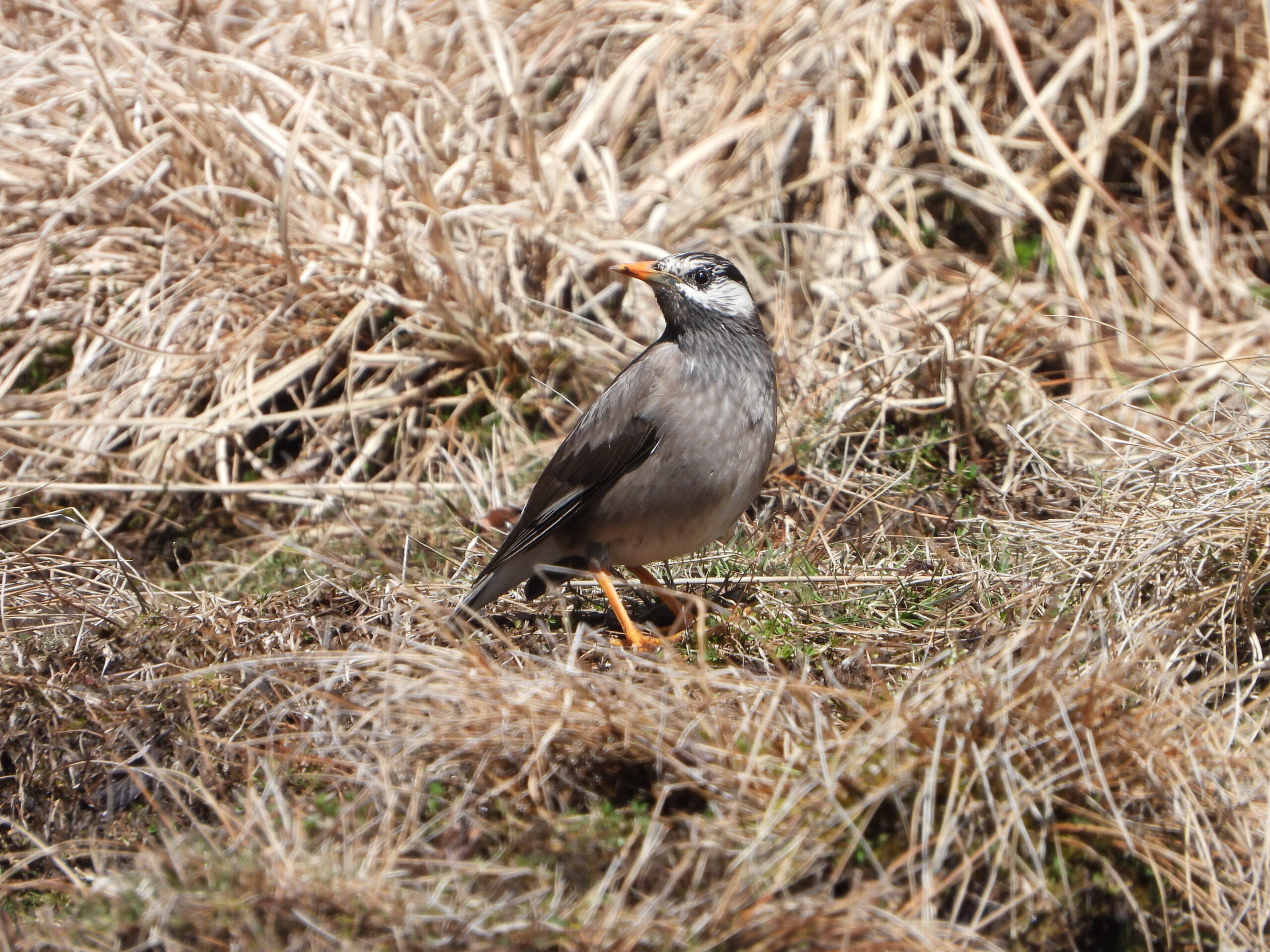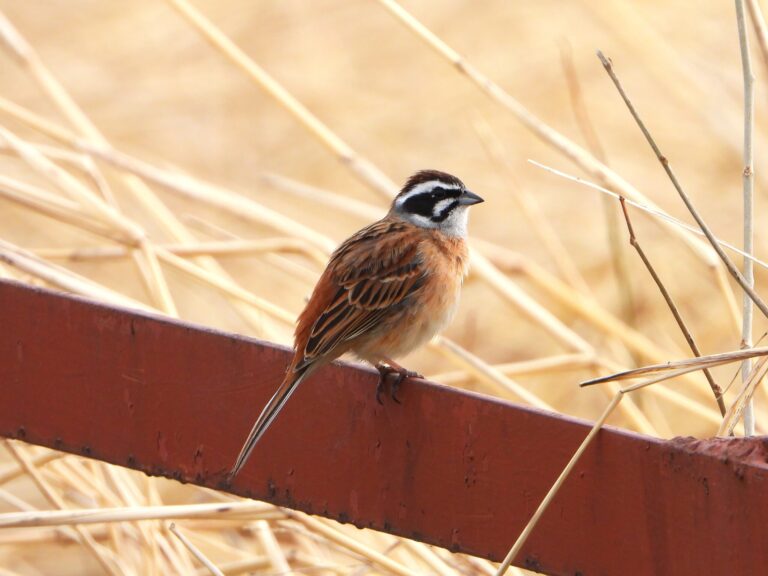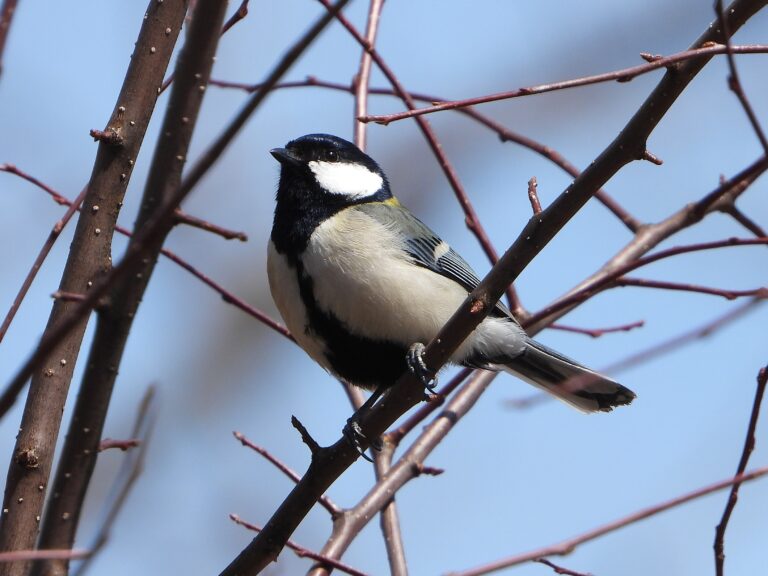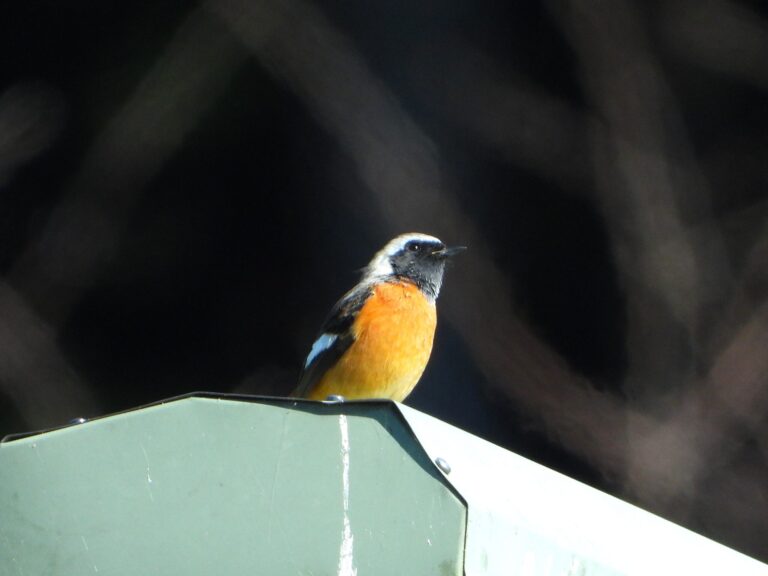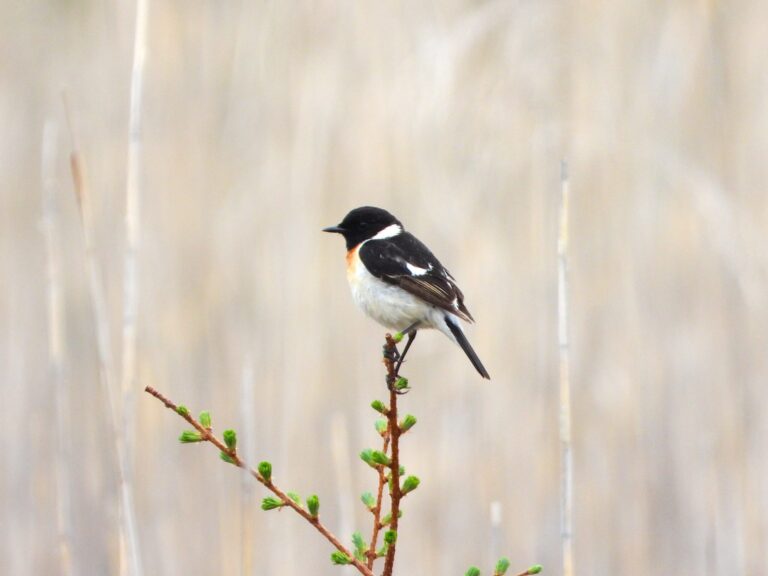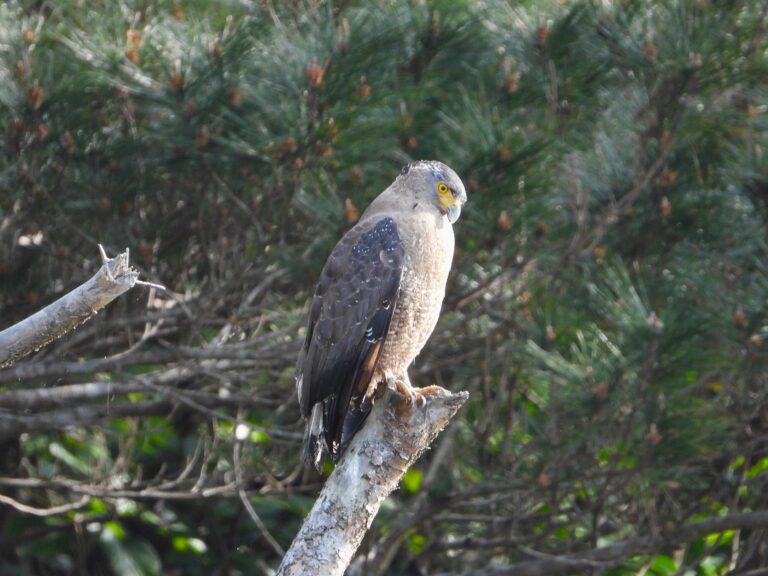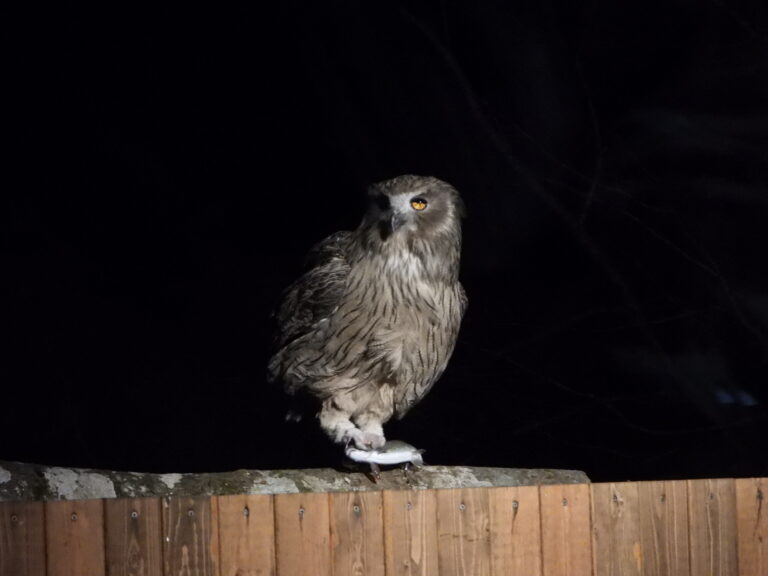White-cheeked Starling (Spodiopsar cineraceus) – Wildlife of Japan
Introduction
The White-cheeked Starling, also known as the Grey Starling, is one of the most familiar birds across Japan. With its bold white cheek patch, bright orange bill and legs, and lively personality, it is a common sight in city parks, temple grounds, and farmlands. Once placed in the genus Sturnus, it is now classified in Spodiopsar based on modern DNA studies.
Appearance
This medium-sized starling is about 23–24 cm long. Its upperparts are dark grayish-brown and its underparts are lighter gray, with a striking white patch running from crown to cheek. In flight, the rump shows a flash of white. The bill and legs are bright orange. Males may look slightly more vivid during the breeding season, while females appear duller overall.
Habitat & Distribution
The species ranges across East Asia, breeding from Mongolia, the Russian Far East, northern China, and Korea to Japan. Many winter farther south in East Asia. In Japan, it is resident across Honshu, Shikoku, and Kyushu, less common south of Kyushu, and was once only a summer visitor to Hokkaido—though wintering numbers there have been increasing in recent years. It thrives in farmland, village woodlots, gardens, parks, and golf courses from lowlands to hills.
Where to See in Japan
You can see them almost anywhere people live. They are common in city parks, riversides, shrine and temple groves, and rice fields. In summer and autumn, huge communal roosts form in roadside trees of big cities—especially around major train stations in Kanto, Chubu, and Kansai. At dusk, flocks stream overhead in dramatic numbers, creating both a spectacular sight and plenty of noise below.
Behavior
White-cheeked Starlings are social year-round. They forage in flocks, striding across lawns and fields to probe the ground for food. Large roosts gather in summer and winter, often on street trees or wires in urban areas, sometimes causing conflicts due to droppings and noise. Their calls are varied, including chattering “kyur-kyur” notes and harsher sounds.
Diet
They are omnivorous. Insects and earthworms make up much of their diet, especially in spring and summer. Fruits and seeds are also important: cherries in early summer, dogwood and pagoda tree fruits in autumn, as well as farm crops like persimmons, pears, grapes, and apples.
Reproduction
The breeding season runs from late March through July, with one or two broods each year. Pairs compete fiercely for nest holes in early spring, then build nests in tree cavities, old woodpecker holes, building shutters, roof gaps, and even stone walls. Nests are lined with feathers, fur, and sometimes bits of paper or cellophane. A typical clutch has 4–7 eggs. Incubation lasts about 12 days, and chicks fledge in around three weeks. They remain with their parents for about a month before joining larger flocks.
Conservation
The White-cheeked Starling is listed as Least Concern on the IUCN Red List, thanks to its wide range and healthy population. In Japan, the main issue is not decline but human–wildlife conflict around large urban roosts.
Author’s Impression
For me, this bird feels like part of Japan’s everyday scenery. On quiet mornings, I often watch them striding confidently across lawns, the white cheeks flashing as they chatter. In summer evenings, the vast flocks swirling into city trees look like a living cloud—perhaps troublesome at street level, but unforgettable in the sky.

